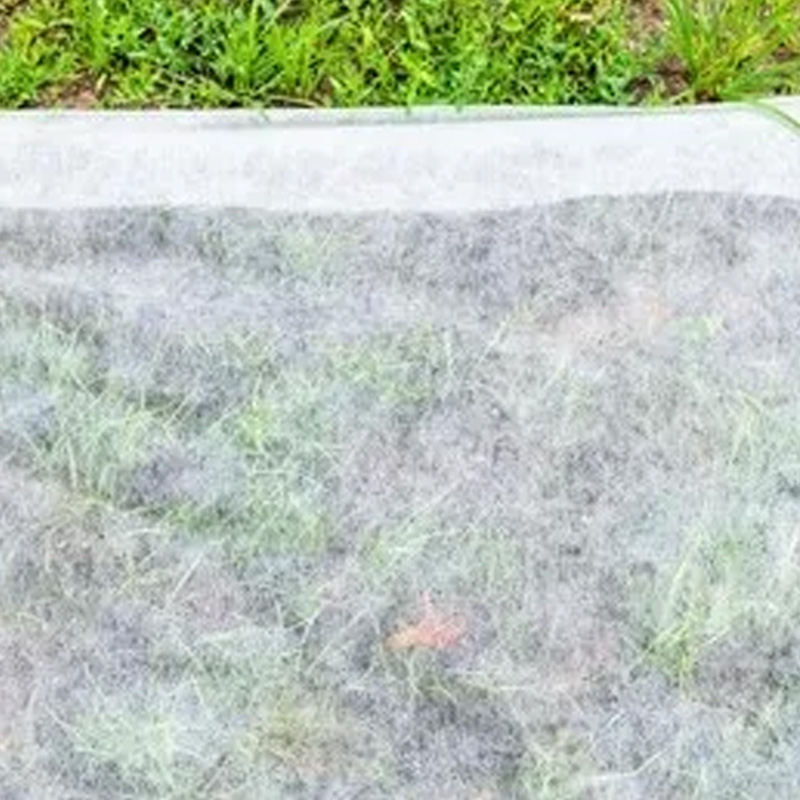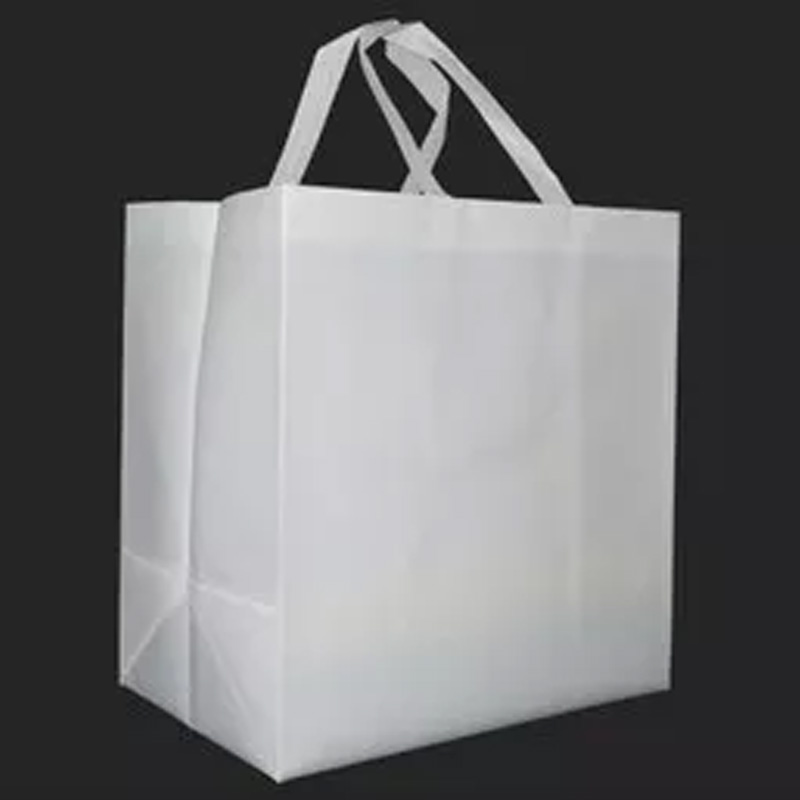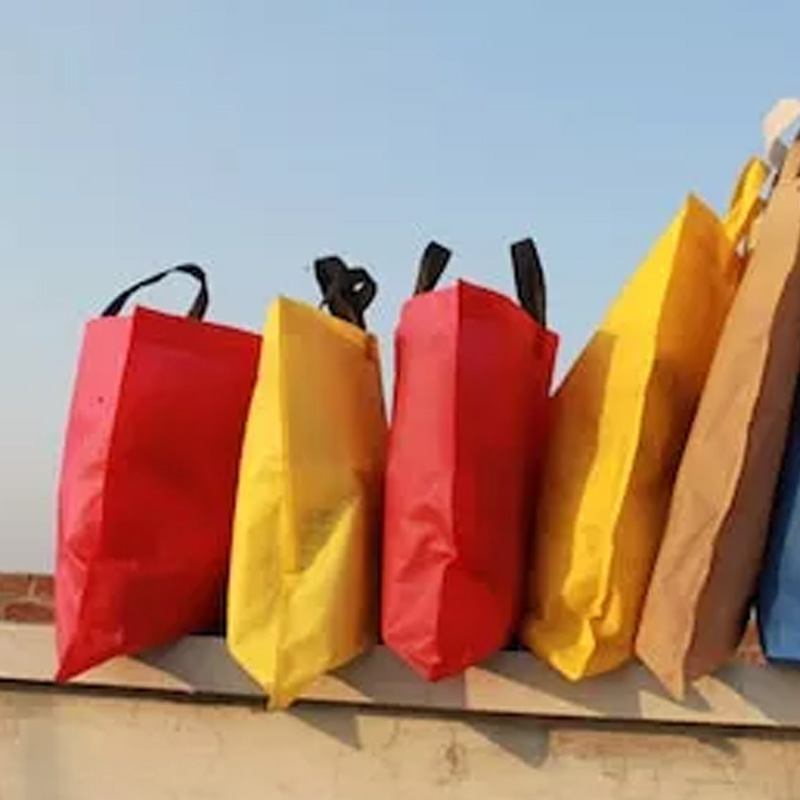PLA Non Woven Fabric
What is PLA Non Woven Fabric?
PLA Non Woven Fabric is an environmentally friendly, 100% degradable non-woven fabric. Its main component is polylactic acid fiber, also known as corn fiber. PLA Non Woven Fabric is also known as polylactic acid non woven fabric and corn fiber non woven fabric.
PLA resin is a sustainable material, and PLA fiber is a compostable material derived from natural plant resources such as starch and sugar in corn. This material can be degraded quickly, and is environmentally friendly and non-toxic. Its waste combustion produces only carbon dioxide and water, which is greatly reduced by plant photosynthesis, and burns about a third as much heat as other polyester fibers.In addition, PLA materials are derived from natural plant resources, which also reduces our dependence on traditional oil and other resources.
Advantages of PLA Non Woven Fabric
- Environmental protection:PLA Non Woven Fabric is 100% environmentally friendly and degradable. It can be directly decomposed into carbon dioxide and water by microorganisms in the soil in nature. The carbon dioxide and water produced by photosynthesis decomposition of plants in nature will not bring burden to the atmosphere or cause greenhouse effect, and it is 100% friendly to the environment.
- High performance: PLA Non Woven Fabric has excellent draping, smoothness, moisture absorption and air permeability, and has natural antibacterial property and weak acid affinity to skin, good heat resistance and resistance to ultraviolet radiation. On the basis of ensuring the strength of traditional non-woven fabric, PLA non-woven fabric also achieves softness and comfort. PLA fiber has excellent crimping and resilience, and its unique and outstanding performance has attracted the attention of the international market. The share of PLA biodegradable non-woven fabric in the market will continue to rise.
- Wide range of applications: PLA Non Woven Fabric combines the advantages of synthetic fiber cloth and natural fiber cloth, which can be completely degraded and applied in a wide range of fields. Such as clothing, home textiles, healthcare, agriculture, 3D printing and so on.
Disadvantages of PLA Non Woven Fabric
1. pla non woven has low high temperature resistance, so it is easy to be damaged.
2. pla non woven cannot be exposed to high humidity environment and is easy to deform.
3.pla non woven can not be stored in the sunlight environment, easy to aging and discoloration.
Application of PLA Non Woven Fabric
- Medical and health field: protective clothing, disinfecting cloth, masks, surgical gowns, sanitary napkins, etc
- Furniture field: home textiles, tablecloths, sofa covers, bedding, etc
- Clothing field: clothing lining, thin section, isolation, etc
- Industrial field: used as filter material, coating cloth, cement bag, etc
- Agricultural field: geotextile, irrigation cloth, insulation cloth, etc
- Others: commonly used as food packaging, heat preservation and sound insulation materials, cigarette filters, tea bags, etc


Advantages of PLA non woven bags
In order to promote the treatment of plastic pollution, more and more countries are promoting the use of degradable materials. "Biodegradable" is a response to disposable, non-recyclable plastics.
Therefore, non woven bags as a substitute for plastic bags, in life is gradually used, "non woven" because of its name has the word "cloth" and the majority of consumers mistakenly thought is "textile bag" or environmental protection bag. However, in fact, "non-woven fabric" is not "cloth bag", its main production raw material for polypropylene (PP).
Non woven bags are more damaging to the environment than traditional plastic shopping bags (made from polyethylene PE) because of the many chemicals added to their production process. The large use of non woven bags will become another huge pollution source after the traditional plastic bags.
The PLA non-woven bag can solve this problem.
PLA is a polymer composed of small lactic acid units (polylactic acid). Lactic acid is an organic acid that plays an important role in our daily life. The yogurt we usually drink or anything with glucose can be turned into lactic acid. The lactic acid of PLA consumables comes from corn, which is made of starch extracted from corn.
It has a unique feature :"PLA is one of the biodegradable and non-toxic materials, and its raw materials come from nature."
The biodegradation process and its duration depend heavily on the environment. For example, heat, humidity and microorganisms are the three necessary factors affecting the degradation rate of PLA fully degraded plastic bags. PLA decays fastest in high temperature environments with abundant microorganisms. Pla-degradable plastic bags buried deep in the soil can cause signs of decay for up to six months.


